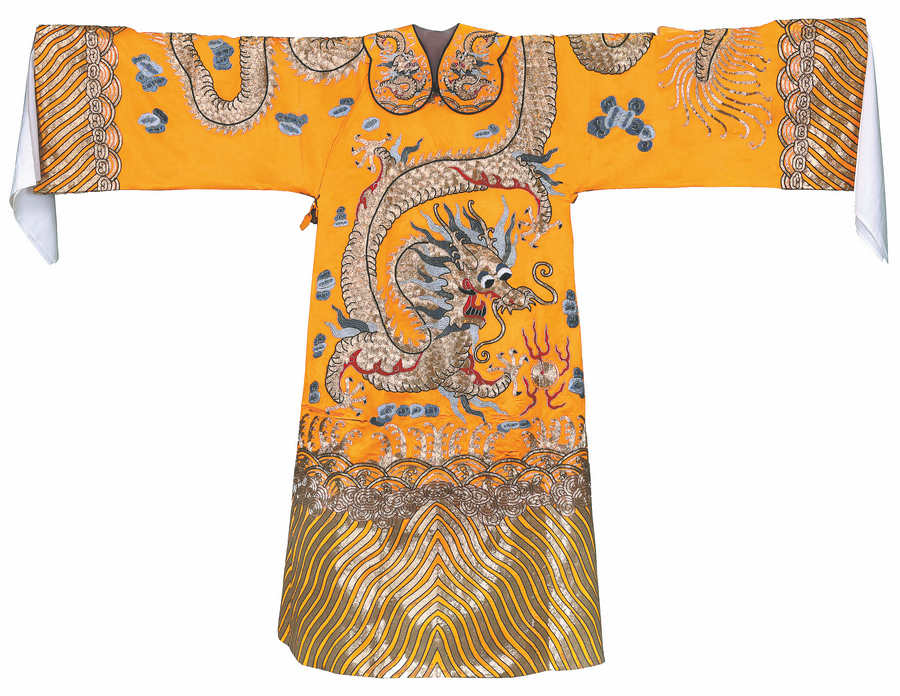

More than 200 years ago, an opera troupe from what is now Anhui province journeyed to Beijing, the capital city, to commemorate Emperor Qianlong's birthday during the Qing Dynasty (1644-1911). This historical event led to the birth of Peking Opera.
Based on the attire of the Ming (1368-1644) and Qing dynasties, the costumes of Peking Opera underwent a transformation spanning over 200 years. Enriched by the diverse cultural influences from different regions across the country, these costumes evolved into a sophisticated set of elaborate, detailed and majestic dress codes.
Costumes are crucial to the artistic beauty of Peking Opera, supporting character portrayals and enhancing the performance's expressiveness.
Upon a performer's entrance onto the stage, seasoned spectators can quickly discern the character portrayed based on the attire and makeup. When several performers appear, it is also easy to tell the strata they belong to in the social hierarchy, especially in the stories set in ancient China, in Tang (618-907) and Song (960-1279) dynasties, for example.
"Traditionally, Peking Opera repertoire includes 3,000 stories set in Tang and 800 set in Song, as well as numerous in eras such as the Warring States Period (475-221 BC), Ming and Qing. The presentation of so many stories relies solely on costumes packed in the limited costume trunks owned by a troupe," said author Liu Fei at the recent book launch ceremony of Huafu Nichang (Gorgeous Attire and Iridescent Clothing: On Peking Opera Costumes) in Beijing.